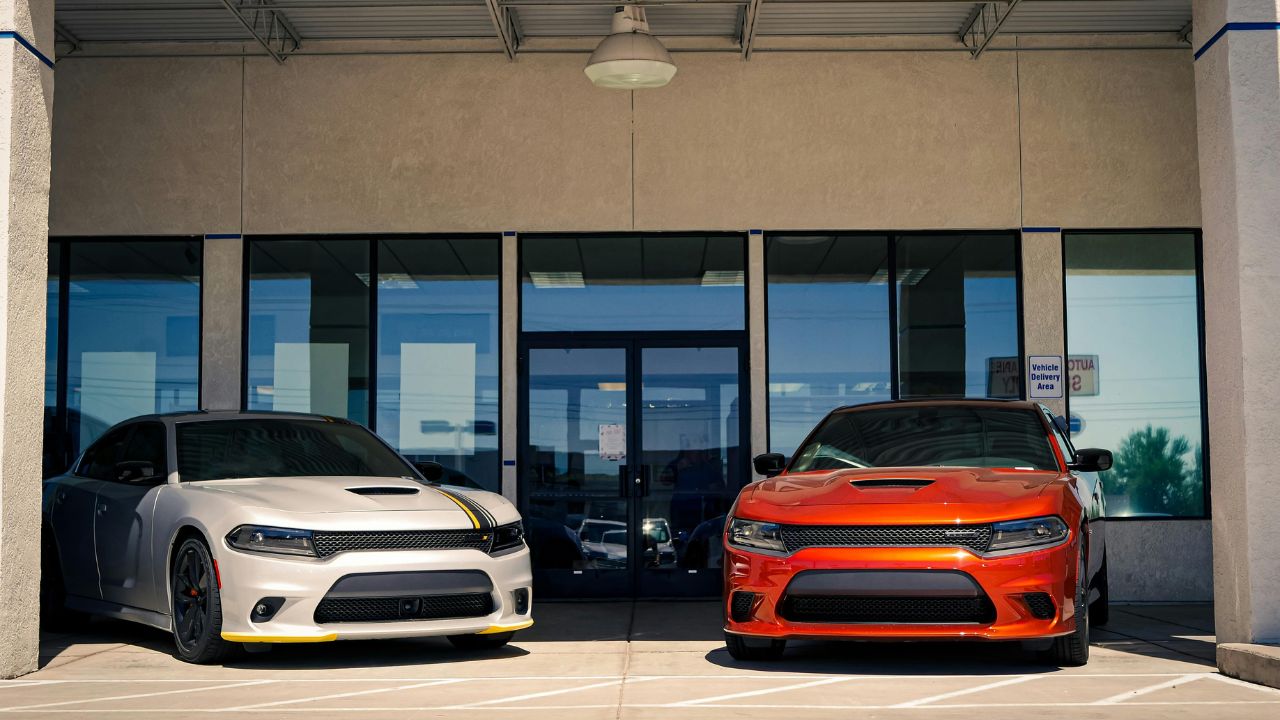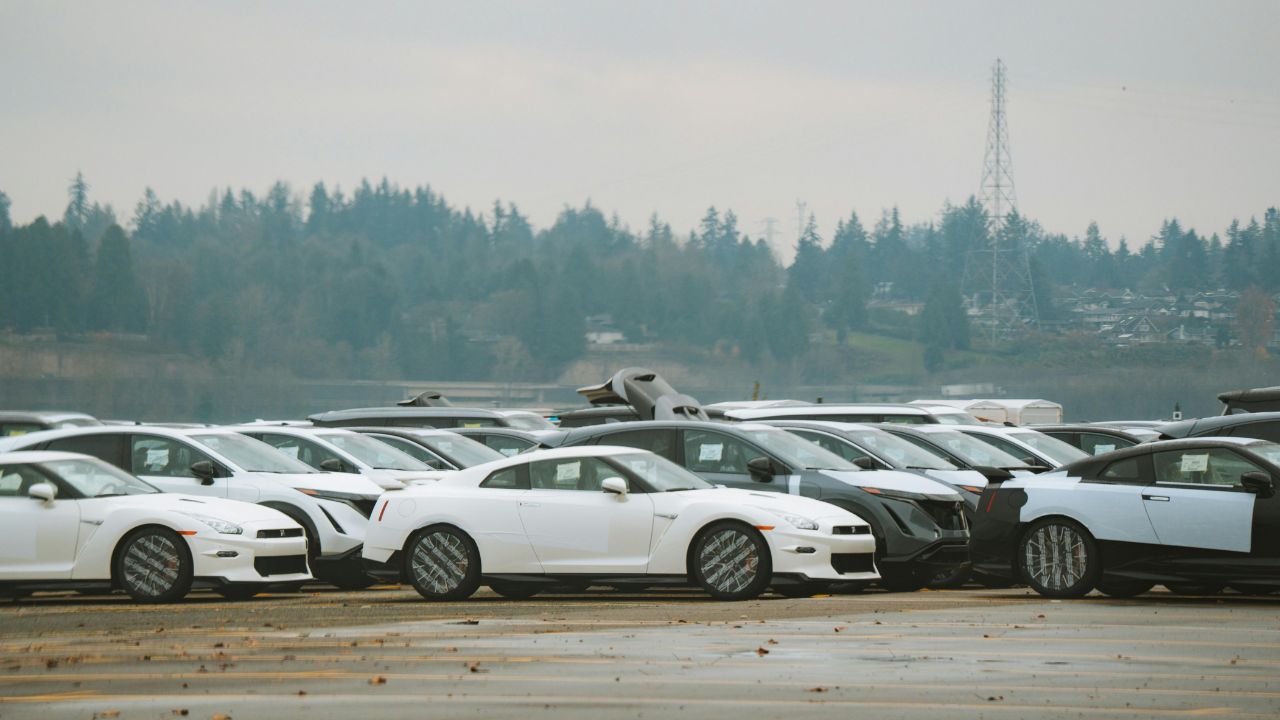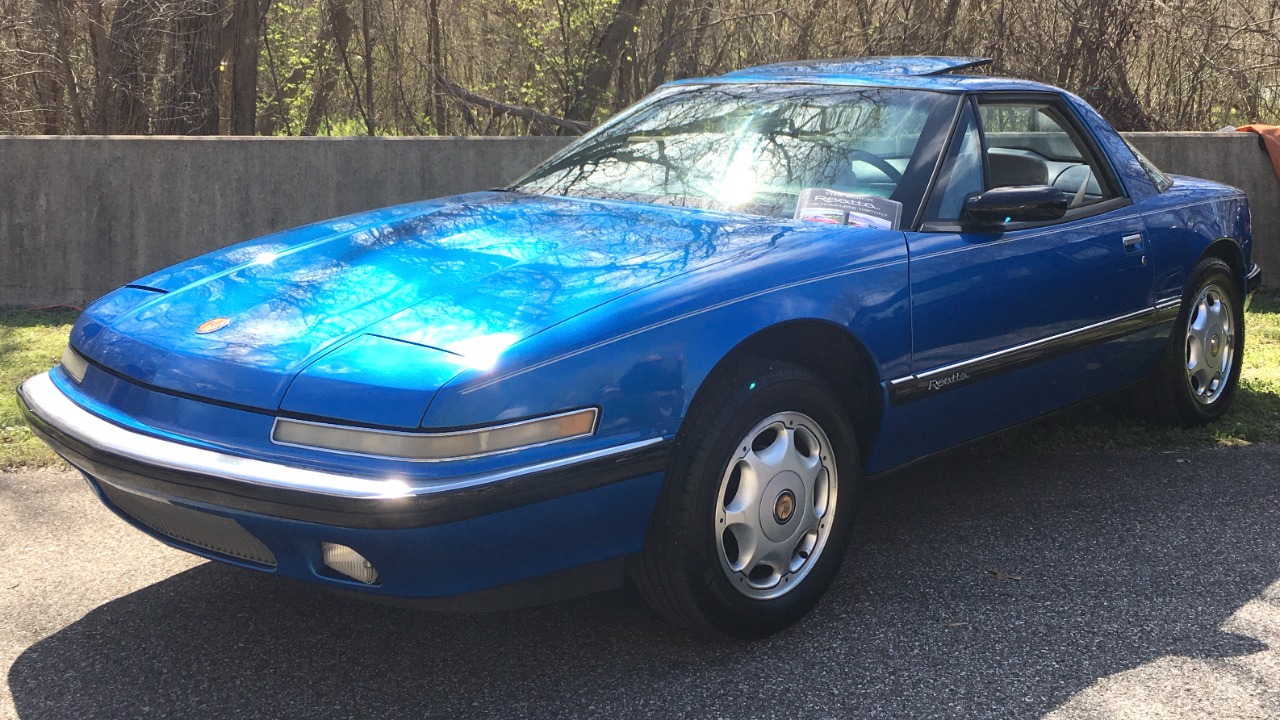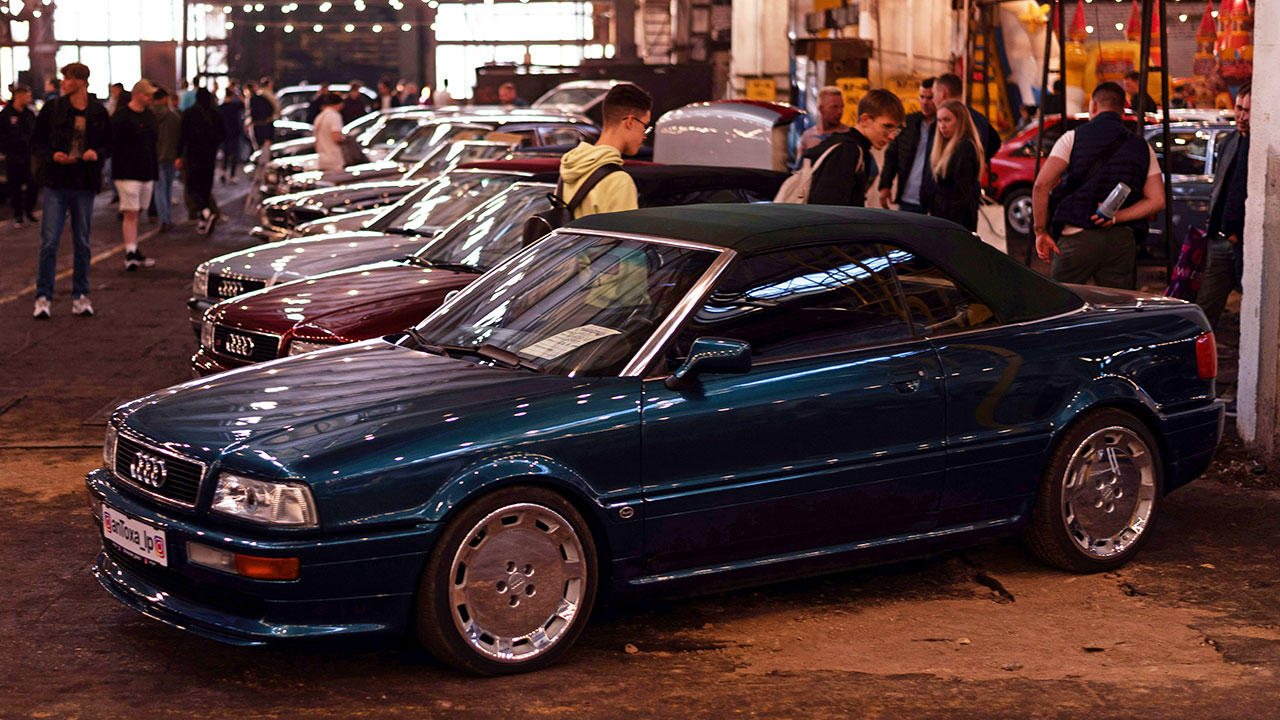In recent years, the automotive industry has witnessed a wave of mergers and acquisitions, with Stellantis—a merger between Fiat Chrysler Automobiles and Groupe PSA—being one of the most significant. Such large-scale consolidations have far-reaching implications for consumers, affecting everything from the variety of products available to the level of competition in the market.
The Landscape of Automotive Mergers

The automotive industry has a long history of mergers and acquisitions, with companies seeking to expand their reach, reduce costs, and enhance their technological capabilities. Notable examples from the past include the merger of Daimler-Benz and Chrysler in 1998, which was one of the largest in the industry at the time. More recently, the merger of Fiat Chrysler Automobiles and Groupe PSA to form Stellantis has captured significant attention. This trend underscores a strategic shift towards consolidation as a means of survival and growth in a competitive market.
Several key players have been involved in recent mergers, highlighting a trend towards creating automotive giants that can compete on a global scale. For instance, the Renault-Nissan-Mitsubishi Alliance and the Volkswagen Group have both pursued acquisitions and partnerships to bolster their market positions. Companies often choose to merge to achieve strategic goals such as expanding their product portfolios, entering new markets, and leveraging combined research and development efforts to drive innovation.
Impact on Product Variety and Innovation

Mergers in the automotive sector can lead to a broader range of products and models available to consumers. When two companies with distinct product lines combine, they can offer a more diverse lineup. For instance, Stellantis now has access to a wide variety of brands, including Jeep, Peugeot, and Alfa Romeo, allowing it to cater to different consumer preferences across various segments. This diversity can enhance the consumer experience by providing more options.
However, there is also a risk of homogenization, where the unique characteristics of individual brands may be diluted in favor of standardized components and platforms. While economies of scale can drive down costs, they may also lead to less differentiation between models. Additionally, the focus on cost-cutting might stifle innovation, as companies prioritize short-term financial gains over long-term technological advancements. Balancing these competing priorities is crucial for maintaining a vibrant and innovative product lineup.
Pricing and Affordability

Mergers can have a significant impact on vehicle pricing, with both positive and negative implications for consumers. On one hand, economies of scale achieved through consolidation can lead to cost savings, which may be passed on to consumers in the form of lower prices. This is particularly evident in the case of shared platforms and components, which can reduce production costs and enhance affordability.
On the other hand, reduced competition resulting from mergers can lead to higher prices. When fewer companies dominate the market, there is less pressure to keep prices low. This can be detrimental to consumer purchasing power, particularly in the short term as companies adjust to their new operational structures. It is essential to monitor how these dynamics evolve, as they can have lasting effects on affordability and market accessibility.
Consumer Choice and Brand Loyalty

Brand loyalty is a critical factor in the automotive industry, and mergers can significantly impact consumer perceptions. When companies merge, there is often a restructuring of brand portfolios, which can lead to confusion among consumers. For example, loyal customers of a specific brand may be uncertain about the future of their preferred models or the direction of the brand under new ownership.
To address these challenges, companies typically implement strategies to retain and attract loyal customers. This might include maintaining the distinct identity of popular brands, enhancing customer service, and offering loyalty programs. For instance, Stellantis has promised to uphold the unique characteristics of its various brands while leveraging synergies to improve product offerings. These efforts are crucial to maintaining consumer trust and ensuring a seamless transition during corporate restructuring.
The Future of Automotive Consumer Experience

The future of the automotive consumer experience is poised to be influenced by ongoing mergers and acquisitions. As companies consolidate resources, there is potential for enhanced customer service and sales experiences. This might include more streamlined purchasing processes, improved after-sales support, and greater integration of digital technologies such as virtual showrooms and online service scheduling.
Mergers also play a pivotal role in the industry’s shift towards electric and autonomous vehicles. By pooling resources, companies can accelerate the development and deployment of these technologies. For instance, Stellantis has announced plans to invest heavily in electric vehicle platforms and related infrastructure, aiming to become a leader in sustainable mobility. This trend reflects a broader industry movement towards more environmentally friendly and technologically advanced vehicles.
Consumer feedback will continue to be a vital component in shaping company strategies post-merger. As companies seek to meet evolving consumer demands, they must remain attuned to customer preferences and adapt accordingly. This dynamic interaction between consumers and companies will be crucial in shaping the future landscape of the automotive industry.
Like Fast Lane Only’s content? Be sure to follow us.
Here’s more from us:
*Created with AI assistance and editor review.







Leave a Reply